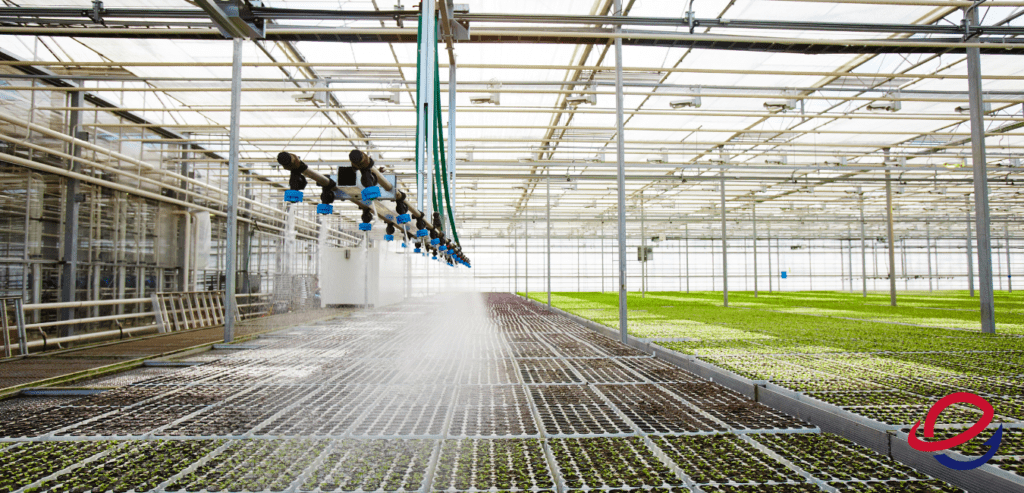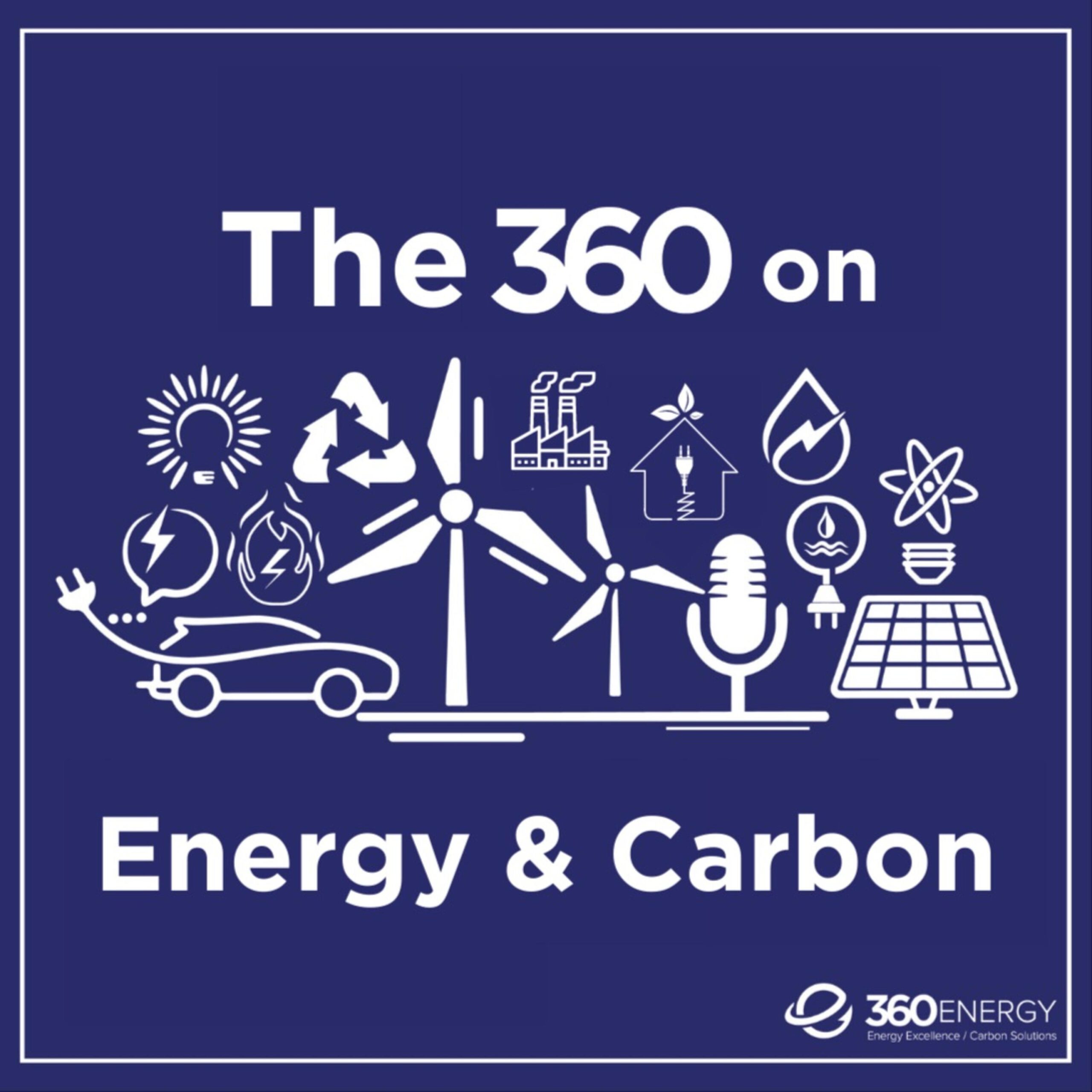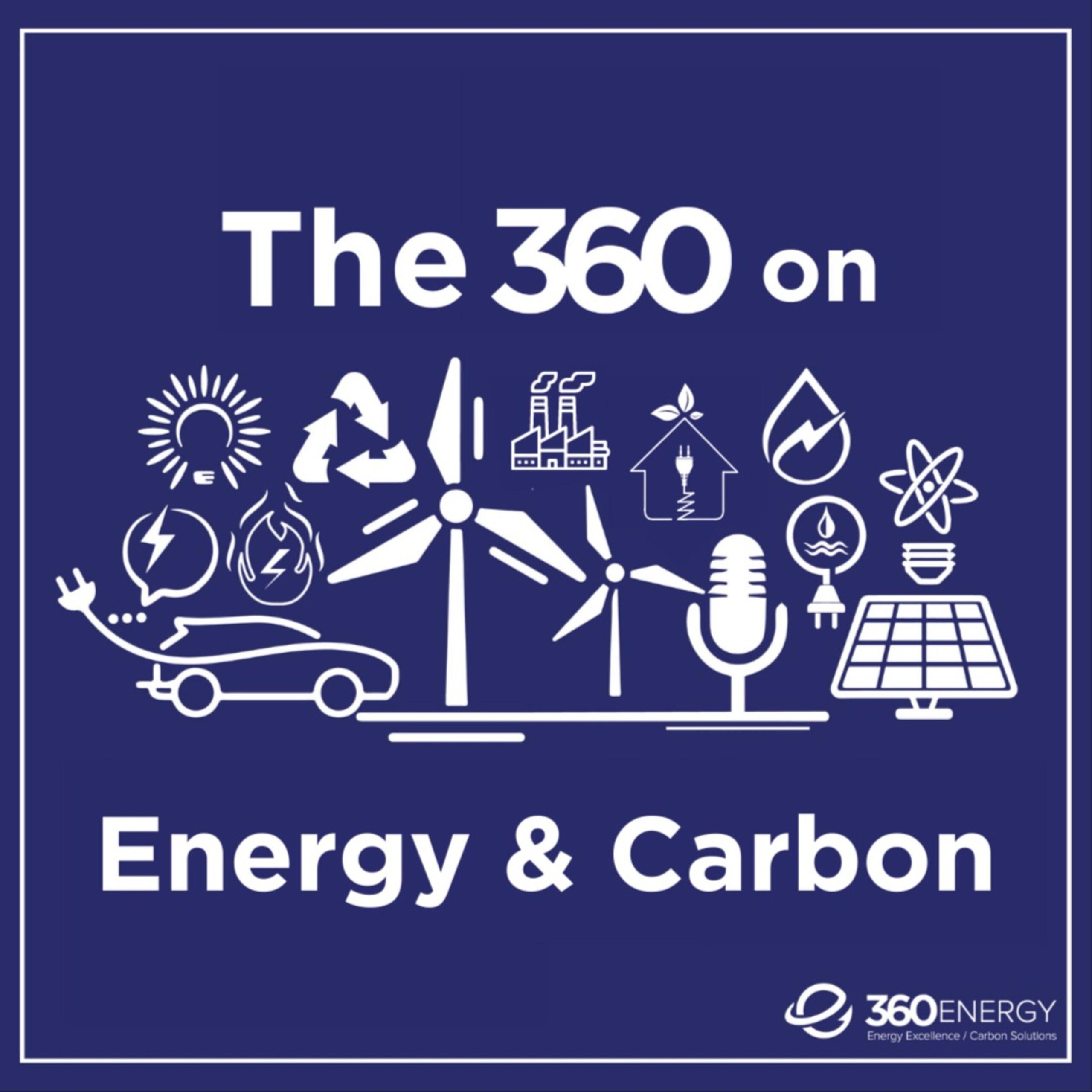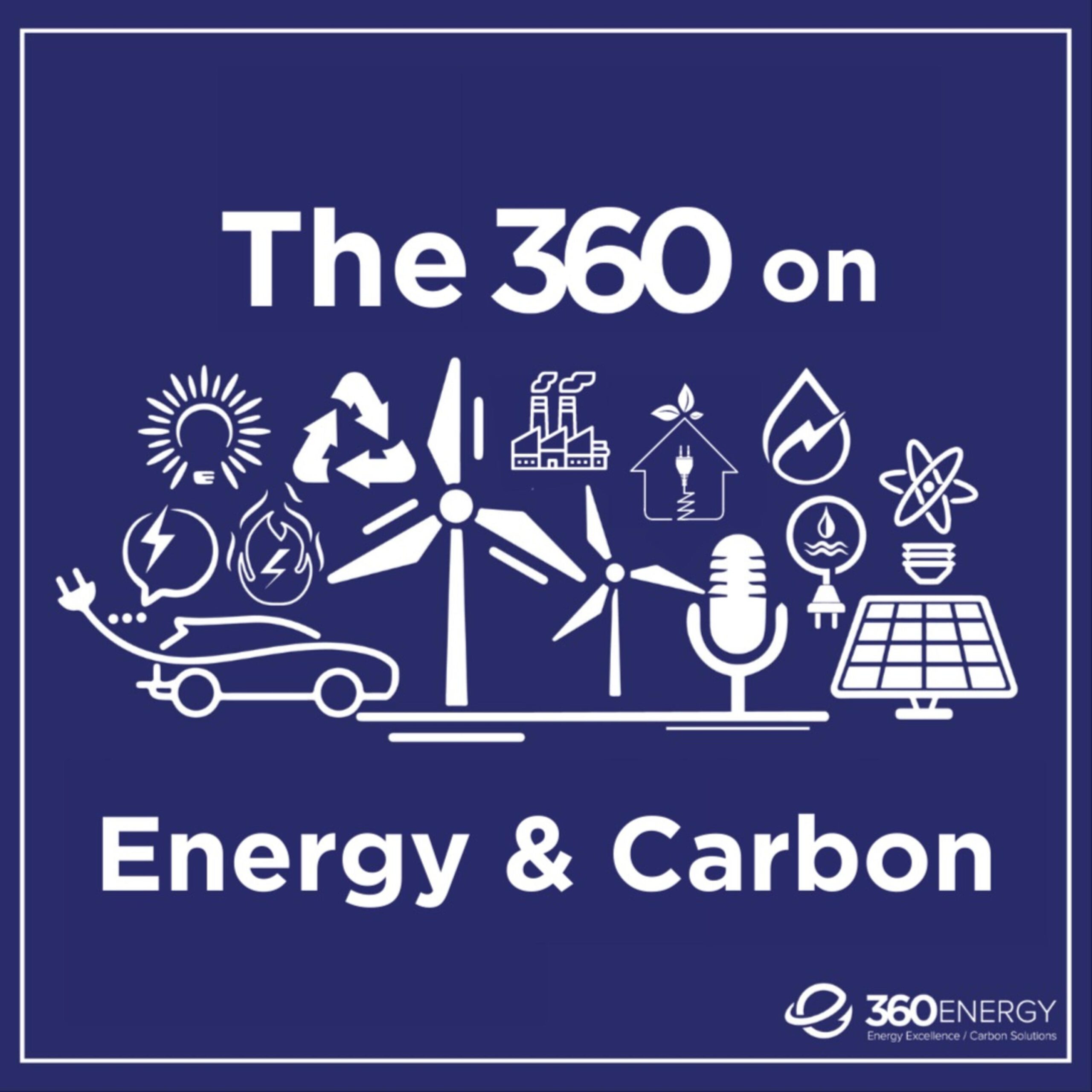
To optimize overall greenhouse performance, a grower needs to meter and continuously monitor a range of variables – variables affected by the type of crop, the design of the facility and changing weather and solar conditions.
All aspects of a greenhouse environment are completely inter-connected. Operating the flow of process energy in the form of natural gas, water, steam, compressed air, low pressure ducted air and combustion exhaust gases requires meters. Meters enable continual and comprehensive monitoring. Without having this capability, a greenhouse grower is partially blind to their operations.
Flow meters are the key to understanding and managing the use of utilities such as fuel, water and power, CO₂, compressed air, and hot water. Flow meters allow greenhouses to daily understand their consumption and to take action on costs and carbon emissions.
Flow meters also support a grower’s decisions with respect to energy budgeting and procurement. They validate utility requirements under various conditions and timeframes.
Over several years, 360 Energy, working with our metering experts, have completed energy metering and performance studies in many greenhouses across Canada. Very often, we find that metering of fuel, water, electricity, and PAR (photosynthetic active radiation) lights is absent or inadequate. These greenhouses have been missing the critical capacity to enable energy and carbon reductions and thereby reduce their costs.
To effectively reduce energy cost and energy use, it is very important to correctly select and use meters. Typically, energy management does not require a level of accuracy as high as a utility grade meter, but proper monitoring does require meters with good repeatability. Meter accuracy including the transmitter for energy management should be a minimum of 2.0 % (AR) or 0.5% (FS) with 0.25% repeatability.
Depending on options, an installed flow meter can range from $3,500 to $7,000 USD. This should not be cost prohibitive. For the magnitude of costs and energy procurement decisions in most greenhouse operations, it is a justifiable investment.
We have all heard the phrase, you cannot improve what you do not measure. It makes sense. However, we know that sophisticated metering and monitoring activity is not being done by all greenhouses.
Metering upgrades should be on every checklist for cost-conscious greenhouse growers wanting to reduce energy costs in an increasingly competitive sector.












